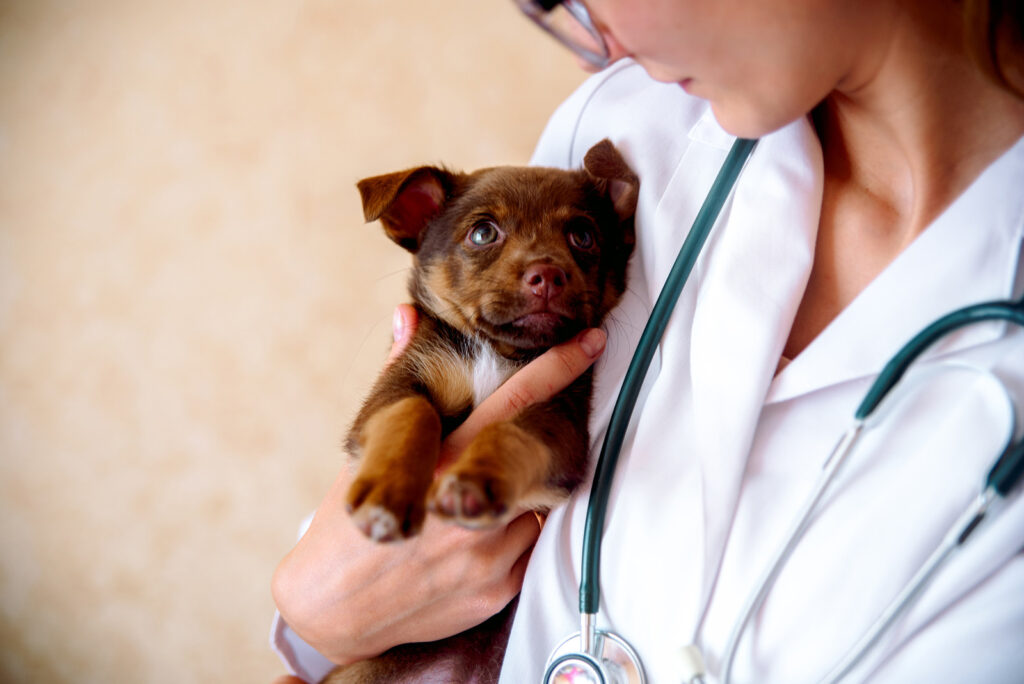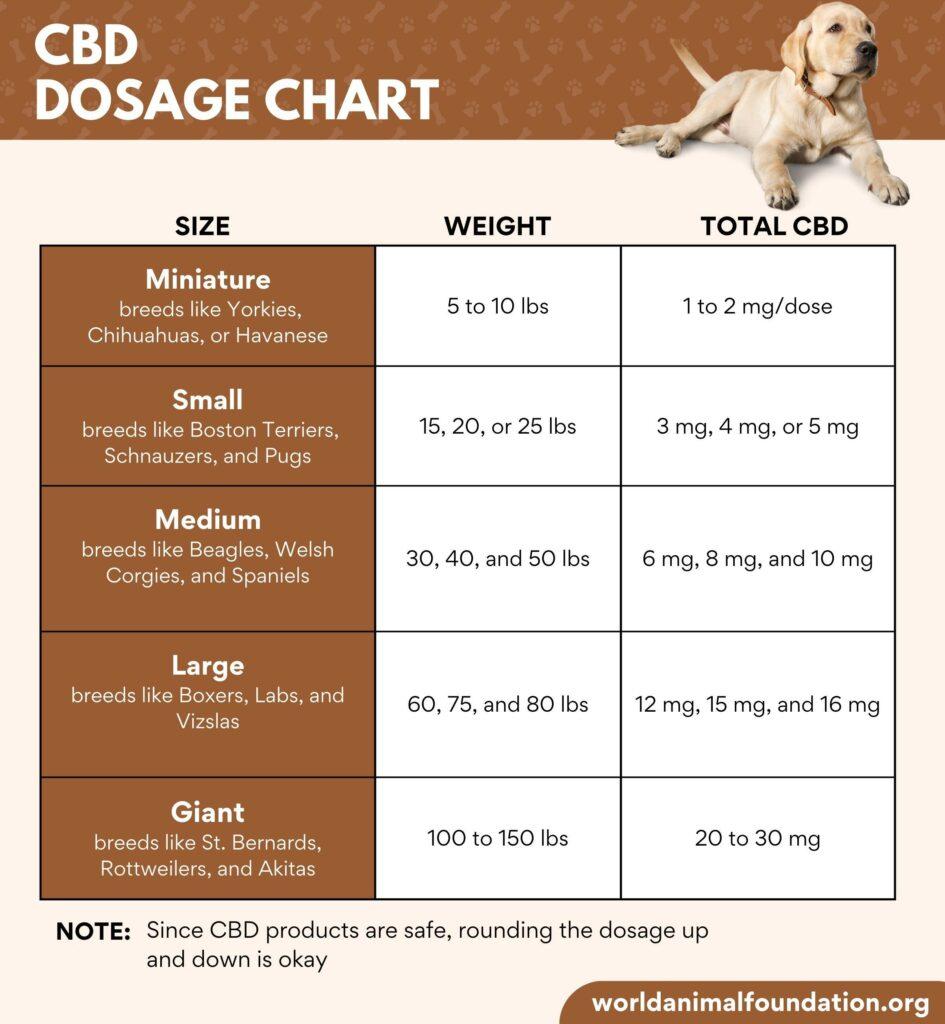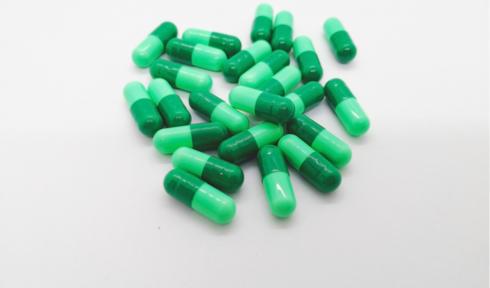When our furry companions fall ill, it often leaves us feeling anxious and searching for the best course of action to ensure their swift recovery. One common antibiotic that veterinarians may prescribe is Cephalexin, particularly in a 500mg dosage, known for its effectiveness against a range of bacterial infections. However, like any medication, the key to safe and effective treatment lies in proper dosage and careful administration.
In this article, we present a comprehensive Cephalexin 500mg dosage chart specifically for dogs, along with essential guidelines for its safe use. Whether you’re a pet owner navigating the complexities of your dog’s health or a pet care professional seeking a reliable reference, understanding the nuances of Cephalexin can be a critical step in safeguarding your canine’s well-being. Join us as we explore the best practices for incorporating this antibiotic into your dog’s treatment plan.
Table of Contents
- Understanding Cephalexin and Its Role in Canine Health
- Determining the Appropriate Dosage for Your Dogs Condition
- Potential Side Effects and Considerations for Safe Use
- Guidelines for Administering Cephalexin and Ensuring Compliance
- Q&A
- Future Outlook

Understanding Cephalexin and Its Role in Canine Health
Cephalexin is a broad-spectrum antibiotic that is commonly prescribed for dogs to treat various bacterial infections. It works by inhibiting the growth of bacteria, making it particularly effective against skin infections, respiratory issues, and urinary tract infections. Administering this medication can lead to significant improvements in your dog’s health, as it helps eliminate harmful pathogens from their system. However, understanding the specifics of its use is crucial for pet owners to ensure safe and effective treatment.
When using cephalexin for canines, it is essential to adhere to the prescribed dosage and treatment schedule. Factors such as the dog’s weight, age, and the severity of the infection will influence the exact dosage. The following guidelines can help you navigate the safe use of cephalexin:
- Dosage Variation: Consult with your veterinarian for personalized dosage recommendations.
- Consistent Schedule: Administer the medication at regular intervals to maintain effective drug levels in the body.
- Monitor Side Effects: Keep an eye out for any adverse reactions, such as gastrointestinal upset or allergic reactions.
- Complete Treatment: Always complete the full course of antibiotics, even if symptoms improve earlier.
| Dog Weight (lbs) | Recommended Dosage (mg) |
|---|---|
| 10-20 | 250 |
| 21-40 | 500 |
| 41-60 | 750 |
| 61+ | 1000 |
Integrating cephalexin into your dog’s healthcare routine can significantly enhance their well-being, provided it is done responsibly. To maximize the benefits and minimize risks, always follow your vet’s guidance and observe your pet during treatment. This approach ensures that your furry companion receives the best care, leading to a faster recovery and improved quality of life.

Determining the Appropriate Dosage for Your Dogs Condition
Finding the right dosage of Cephalexin for your dog is crucial in ensuring its effectiveness while minimizing the risk of side effects. The appropriate dosage often depends on several factors, including your dog’s weight, age, and specific health condition. A veterinarian is your best resource to determine the ideal dosage based on these factors. Generally, the common dosage range for Cephalexin is between 10-15 mg per kilogram of body weight, administered every 8 to 12 hours. This brief overview highlights the need for tailored treatments based on individual circumstances.
To facilitate easier understanding, consider the following guidelines when calculating the dosage:
- Weight: Always weigh your dog accurately to ensure precise dosing.
- Condition Severity: More severe infections may require higher doses, but this should be confirmed by a vet.
- Age and Size: Puppies and smaller breeds may respond differently compared to larger or older dogs.
| Weight of Dog (kg) | Dosage (mg) |
|---|---|
| 5 kg | 50-75 mg |
| 10 kg | 100-150 mg |
| 20 kg | 200-300 mg |
Always observe your dog during treatment and report any adverse reactions to your veterinarian promptly. Adjustments may be necessary depending on how well your dog responds to the medication. Regular follow-ups with your vet will ensure appropriate management of your dog’s health condition while taking Cephalexin.

Potential Side Effects and Considerations for Safe Use
While cephalexin can be an effective antibiotic for treating various bacterial infections in dogs, it’s important to be aware of potential side effects. Commonly reported reactions include nausea, vomiting, and diarrhea, which may occur as the dog’s digestive system adjusts to the medication. In some cases, pets may develop allergic reactions, which can manifest as itchiness, swelling, or even more severe symptoms like difficulty breathing. If you notice any of these side effects, it is crucial to consult with your veterinarian immediately to ensure your pet’s safety.
Before administering cephalexin, consider factors that may increase the risk of adverse effects. Dogs with a history of kidney issues or those currently taking other medications may require special attention. Always perform a thorough health evaluation and discuss any existing conditions or ongoing treatments with your vet. To aid in safe use, refer to the following guidelines:
- Dosage Accuracy: Ensure the dosage is tailored to the dog’s weight and health condition.
- Administration Schedule: Follow the prescribed schedule to maintain effective drug levels in the bloodstream.
- Monitor Response: Observe your pet closely for any changes in behavior or health during treatment.

Guidelines for Administering Cephalexin and Ensuring Compliance
Administering cephalexin to your dog requires careful attention to detail to ensure the safety and effectiveness of the treatment. It’s essential to follow the prescribed dosage strictly, as exceeding the recommended amount can lead to adverse reactions or resistance to the antibiotic. To promote compliance, consider these best practices:
- Consult Your Veterinarian: Always obtain a clear understanding of the appropriate dosage and duration of treatment from your veterinarian.
- Use a Pill Organizer: If your dog requires multiple doses throughout the day, a pill organizer can help keep track of administered doses.
- Monitor Your Dog: Observe your dog for any unusual symptoms or side effects during treatment and report them to your veterinarian.
- Reward with Treats: Make the experience positive by rewarding your dog with treats after taking medication.
It’s also crucial to ensure that the medication is stored properly to maintain its efficacy. Cephalexin should be kept in a cool, dry place away from light, and out of reach of pets and children. In cases of missed doses, administering the medication promptly is important, unless it is close to the next scheduled dose. Here’s a quick reference for missed doses:
| Situation | Action |
|---|---|
| Missed dose by < 2 hours | Administer the dose as soon as possible. |
| Missed dose by > 2 hours | Skip the missed dose; continue with the regular schedule. |
Q&A
Q&A:
Q1: What is Cephalexin, and how does it work for dogs?
A1: Cephalexin is a broad-spectrum antibiotic commonly prescribed to dogs to treat various bacterial infections such as skin infections, urinary tract infections, and respiratory infections. It works by inhibiting the growth of bacteria, thereby helping to eliminate the infection and allowing the dog’s immune system to recover.
Q2: What is the typical dosage of Cephalexin 500mg for dogs?
A2: The typical dosage of Cephalexin for dogs can vary based on the specific condition being treated, the dog’s weight, and any underlying health issues. Generally, the dosage is around 10 to 15 mg per pound of body weight, administered every 8 to 12 hours. However, it’s crucial to follow your veterinarian’s specific recommendations for your dog.
Q3: Can you provide a dosage chart based on weight?
A3: Certainly! Here’s a simple dosage chart as a reference:
- Up to 10 lbs: 125 mg (1/4 capsule)
- 11 to 25 lbs: 250 mg (1/2 capsule)
- 26 to 50 lbs: 500 mg (1 capsule)
- 51 to 100 lbs: 750 mg (1 and 1/2 capsules)
- Over 100 lbs: 1000 mg (2 capsules)
Please consult your veterinarian before administering any medication to ensure your dog receives the proper dosage.
Q4: Are there any side effects associated with Cephalexin in dogs?
A4: While Cephalexin is generally considered safe for dogs, some may experience side effects such as gastrointestinal upset, diarrhea, vomiting, or loss of appetite. More serious side effects, although rare, can include allergic reactions or skin rashes. If you notice any concerning symptoms, it’s essential to contact your veterinarian immediately.
Q5: How should Cephalexin be administered to my dog?
A5: Cephalexin can be given orally with or without food, although administering it with food may help reduce gastrointestinal upset. It’s crucial to ensure your dog consumes the entire dosage. If your pet is a fussy eater, you can hide the capsule in a treat or peanut butter. Always follow your veterinarian’s instructions regarding the administration method and timing.
Q6: Is it safe to use Cephalexin for all dogs?
A6: While Cephalexin is safe for many dogs, it may not be suitable for those with specific health conditions, such as kidney disease or allergies to penicillins. Always discuss your dog’s medical history with your veterinarian before starting any new medication.
Q7: How long should my dog be on Cephalexin?
A7: The duration of treatment with Cephalexin depends on the type and severity of the infection. Typically, treatment may last from 7 to 14 days, but your veterinarian will determine the appropriate length based on your dog’s individual needs. It’s important to complete the full course of antibiotics even if your dog starts to feel better before finishing the medication.
Q8: What should I do if I miss a dose of Cephalexin?
A8: If you miss a dose, give it as soon as you remember. However, if it’s almost time for the next dose, skip the missed one and return to the regular schedule. Do not double up on doses to make up for a missed one, as this can lead to adverse effects.
Q9: Can I give Cephalexin to my dog without a prescription?
A9: No, Cephalexin is a prescription medication, and it’s important to consult with a veterinarian before giving it to your dog. Self-diagnosing and administering antibiotics can lead to inappropriate treatment, antibiotic resistance, and potentially harmful side effects.
Q10: Where can I find more information about Cephalexin and its use in dogs?
A10: For more detailed information about Cephalexin, pet owners can consult their veterinarian or trusted veterinary websites. Professional resources will provide guidance on safe use, potential side effects, and essential practices to ensure the health and well-being of your furry friend.
Conclusion: When it comes to your dog’s health, knowledge is key. Always consult a veterinarian for personalized advice and ensure your dog receives the best possible care.
Future Outlook
understanding the proper dosage of Cephalexin 500mg for dogs is essential for ensuring the safety and well-being of your furry friend. As a powerful antibiotic, it can be an invaluable tool in the treatment of bacterial infections when used correctly. By adhering to the dosage chart and guidelines outlined in this article, pet owners can help facilitate a swift recovery for their pets while minimizing the risks associated with improper use. Always consult your veterinarian before administering any medication, as they can provide personalized advice based on your dog’s unique health needs. Your dog’s health is paramount, so equip yourself with knowledge and make informed decisions for their care. Here’s to keeping our beloved companions happy and healthy!
















